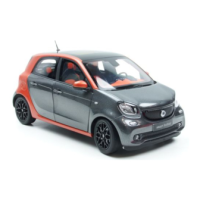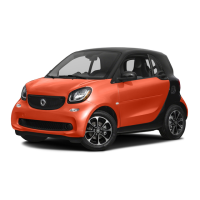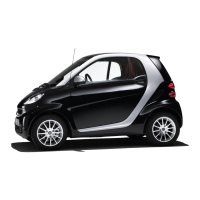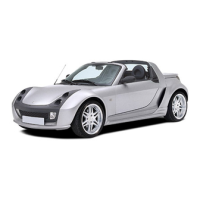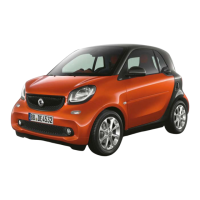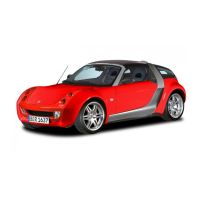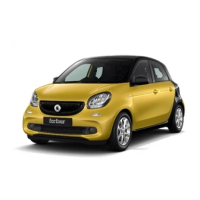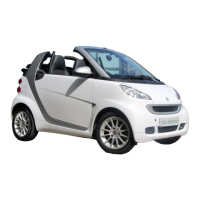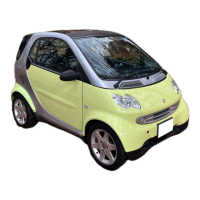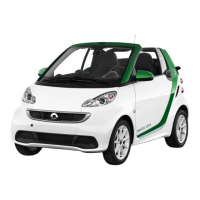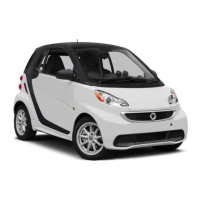Checking the tyre pressures
Please note
G
WARNING
Underinflated or overinflated tyres pose
the following risks:
R
the tyres may burst, especially as the
load and vehicle speed increase.
R
the tyres may wear excessively and/or
unevenly, which may greatly impair
tyre traction.
R
the driving characteristics, as well as
steering and braking, may be greatly
impaired.
There is a risk of an accident.
Observe the recommended tyre pressure
and check the tyre pressure of all the tyres:
R
at least every two weeks
R
when the load changes
R
before embarking on a longer journey
R
for changed operating conditions, e.g.
off-road driving
If necessary, correct the tyre pressure.
G
WARNING
If you mount unsuitable accessories onto
tyre valves, the tyre valves may be over-
loaded and malfunction, which can cause
tyre pressure loss. Aftermarket tyre pres-
sure monitoring systems will cause the
tyre valve to remain open. This can also
result in tyre pressure loss. There is a risk
of an accident.
Only screw standard valve caps or valve
caps specifically approved by smart for
your vehicle onto the tyre valve.
G
WARNING
If the tyre pressure drops repeatedly, the
wheel, valve or tyre may be damaged. Tyre
pressure that is too low may result in a tyre
blow-out. There is a risk of accident.
R
Check the tyre for foreign objects.
R
Check whether the wheel is losing air or
the valve is leaking.
If you are unable to rectify the damage,
contact a qualified specialist workshop.
H
Environmental note
Check the tyre pressure regularly, at least
every 14 days.
The table with the recommended tyre pres-
sure for
various operating conditions can be
found on the driver's side door pillar
(B-pillar).
The tyre pressure table may also state air
pressures for different load conditions.
These are defined in the table as different
numbers of passengers and amounts of lug-
gage. The actual number of seats may differ
from this.
If a tyre size precedes a tyre pressure, the
tyre pressure information following is only
valid for that tyre size. If tyre sizes are not
specified, the tyre pressures stated on the
tyre pressure table apply for all approved
tyres.
Checking and correcting the tyre pres-
sure manually
Only check the tyre pressure once the tyres
have cooled down.
X
Drive the vehicle less than 2 km.
X
Park the vehicle away from direct sunlight
for at least three hours.
X
Check the tyre pressure with a suitable
tyre pressure gauge.
140
Checking the tyre pressures
>> Maintenance and care.

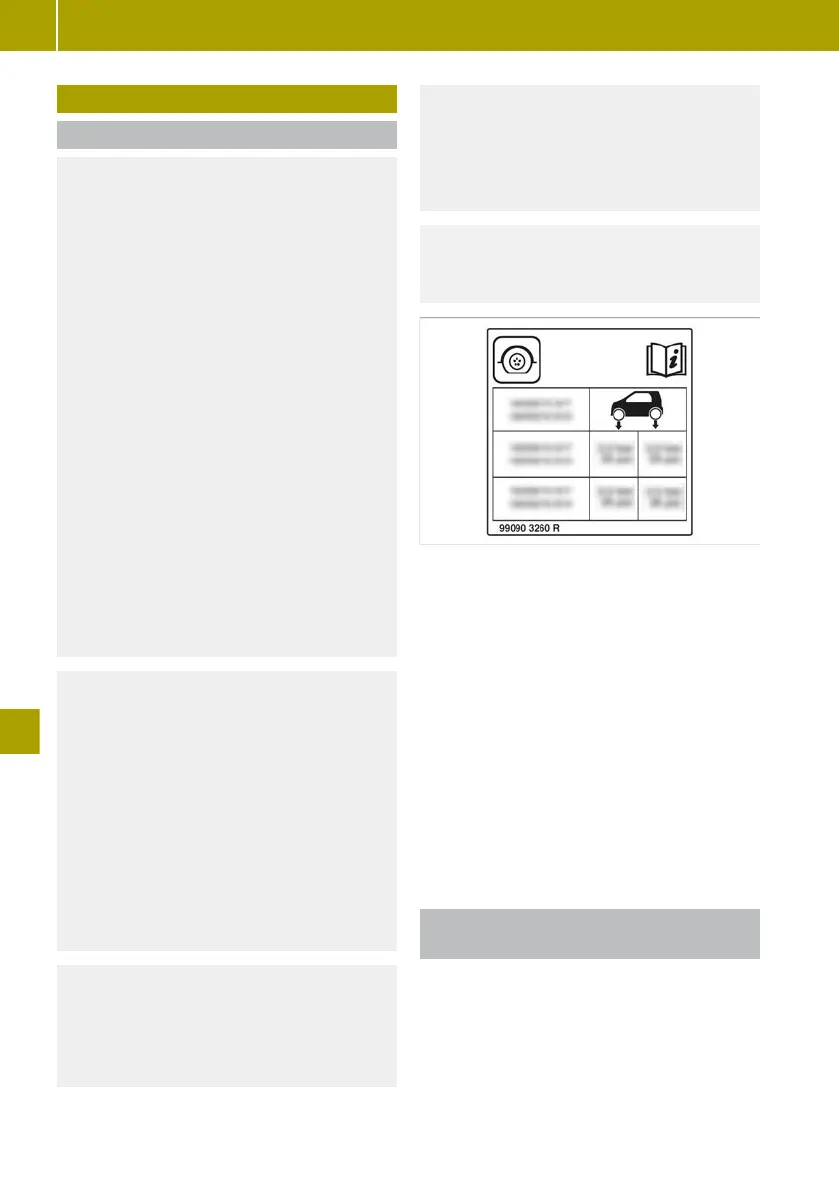